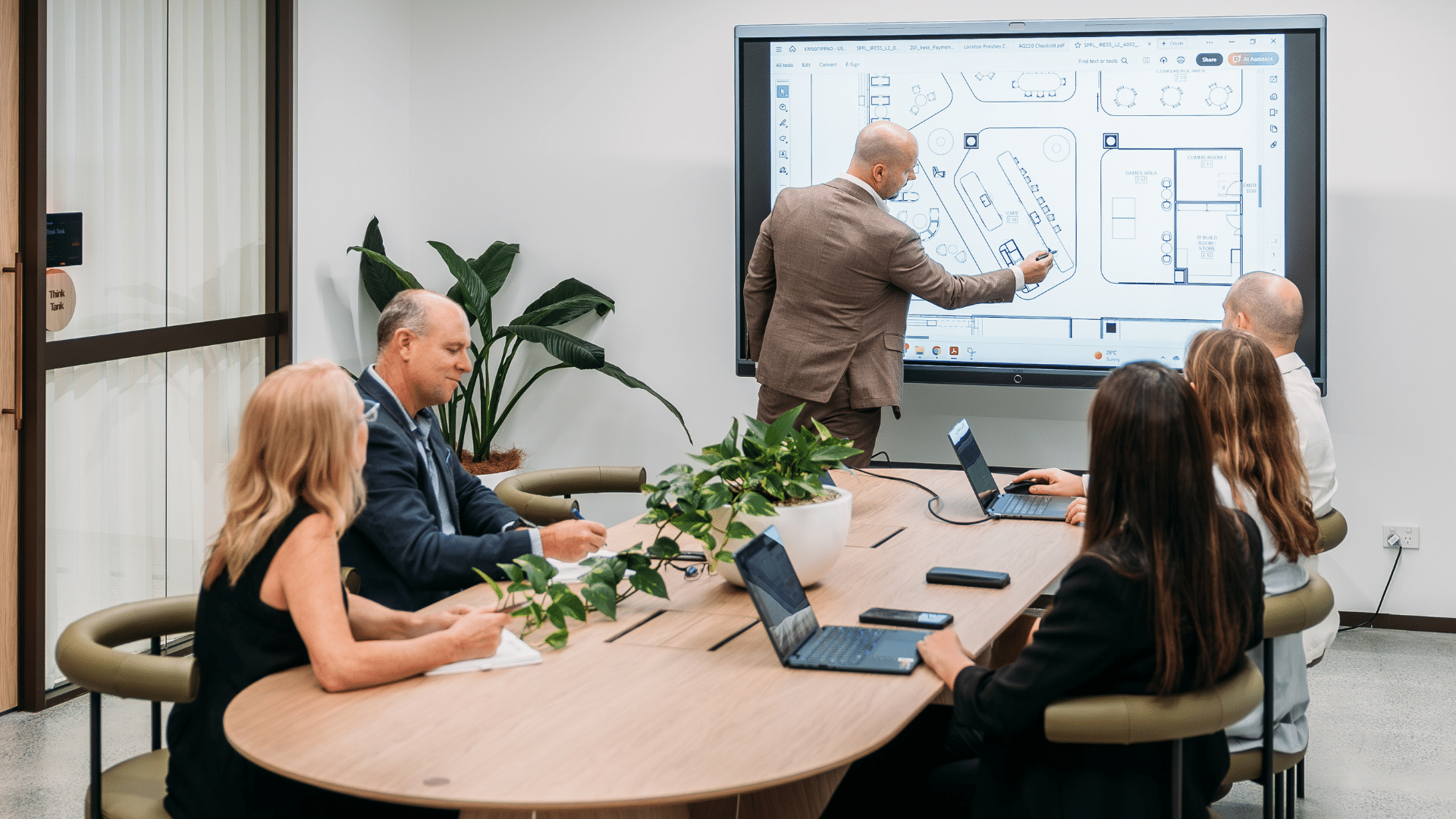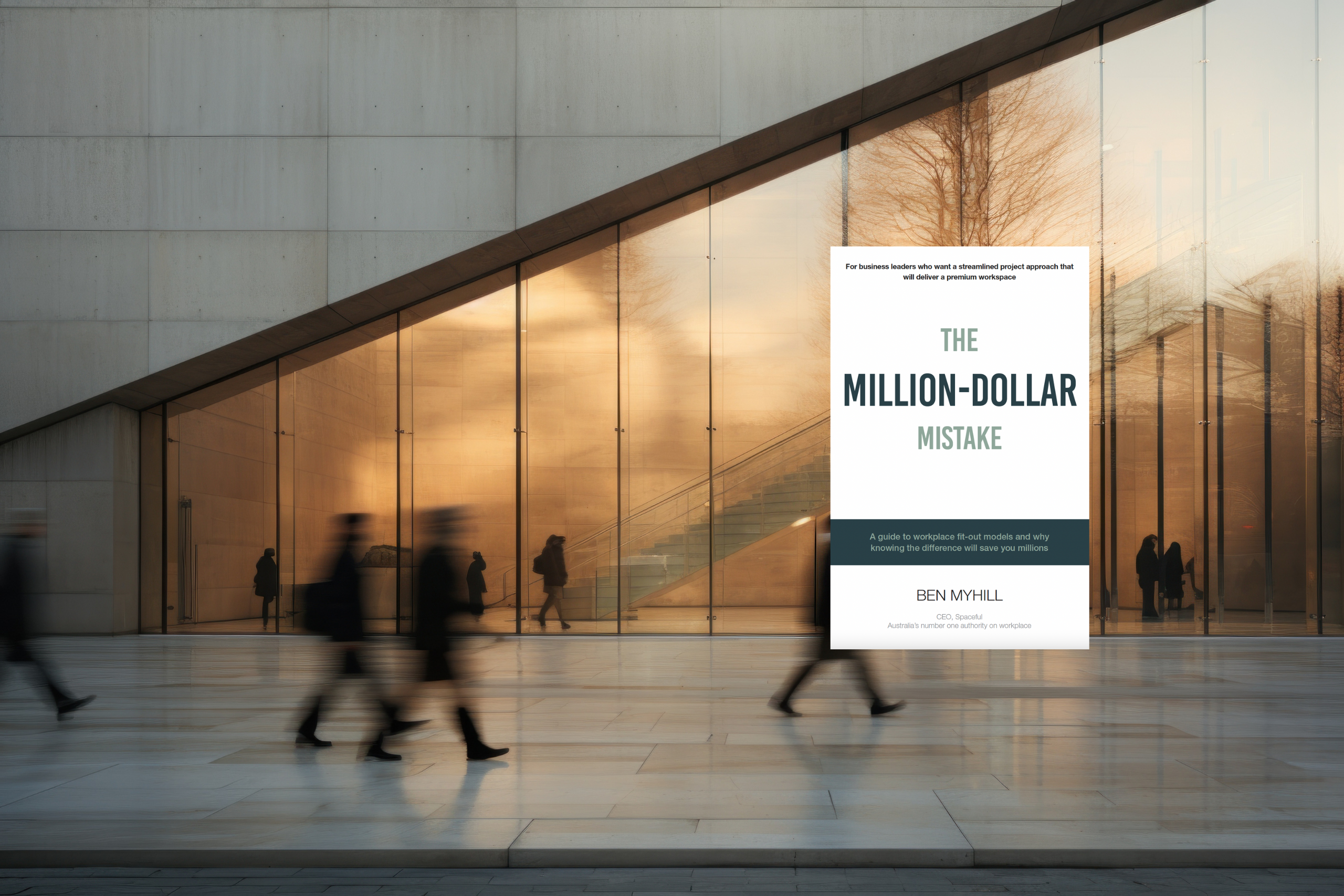
In today’s job market, where candidates are considering more than just pay, the physical workplace plays a crucial role in attracting and keeping top talent. Eliza Kirkby, Managing Director at Hays Recruitment, shares her insights on what modern workspaces need to stand out.
Job seekers are no longer solely focused on salary and traditional benefits, they’re prioritising the overall work experience. According to the Spaceful Workforce Insights Report 2025, two thirds of respondents ranked flexible workspaces as the most important workspace amenity. Eighty two percent say they favour a work model that includes some time spent in the office. This highlights a shift in employee expectations which have broadened to encompass how, where, and why we work.
According to Eliza Kirkby, Managing Director at Hays Recruitment, the leading global specialist recruiting group, “Job seekers today prioritise flexibility, functionality, and well-being within an office environment. Features like collaborative spaces, access to natural light, ergonomic furniture, and technology that supports hybrid working are increasingly sought-after. They also value environments that reflect a company’s culture and support creativity and productivity.”
This demonstrates a shift in perspective. The office is no longer viewed as a mandatory destination but as a resource that should actively enhance productivity, well-being, and connection. Employees are seeking workplaces that empower them to do their best work, whether they are collaborating in person or focusing remotely.
For businesses, this means that their approach to hybrid work or their physical office space can have consequences on both talent acquisition and retention. As Eliza Kirkby further notes: ”Many job seekers see the office as a tangible indicator of how a business supports its employees, making it a significant factor in decision-making.”
The office has evolved into a powerful symbol of a company’s commitment to its workforce. A well-designed, functional, and welcoming workspace signals an investment in employee experience, demonstrating that the business understands their needs and values their productivity and overall well-being. On the other hand, a dated or poorly equipped office can create a negative impression, suggesting a lack of investment and potentially putting off prospective employees.
This isn’t just about aesthetics; it’s about the practicalities of supporting a hybrid workforce. Businesses need to ask: Does our office facilitate collaboration between in-office and remote team members? Does our office offer the technology and infrastructure necessary for productive work? Does our office inspire a sense of community and belonging for those who choose to come in? These are the questions that today’s talent are asking.
Eliza Kirkby highlights the impact of a disconnect between employee expectations and the reality of the workplace, “There have been instances where candidates declined roles due to an office environment that didn’t align with their expectations. For example, offices that lack flexible working arrangements, modern amenities, or a welcoming atmosphere can sometimes deter top talent.”
This is a critical insight for businesses across all sectors. In a competitive talent market, organisations can’t afford to underestimate the impact of their workplace strategy. Candidates are actively evaluating not just the job description and compensation package, but also the environment in which they will be working – both physically and virtually.
By recognising the office as a key part of what they can offer their employees, businesses can transform their workplace into a powerful tool for attracting and retaining top talent. Ignoring the evolving needs of the workforce risks alienating potential hires and losing valuable employees to organisations that prioritise flexibility, functionality, and well-being in their workplace strategy.


